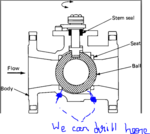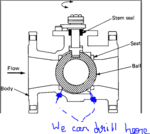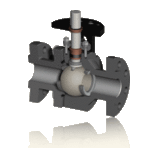vamsee
Full Member level 1
hi,
is that possible to use ultrasonic sensors to measure rotation of ball and its current position when attached to shaft (without attaching anything on it). if not ultrasonic, whatelse will be the better option?
Thanks
is that possible to use ultrasonic sensors to measure rotation of ball and its current position when attached to shaft (without attaching anything on it). if not ultrasonic, whatelse will be the better option?
Thanks


